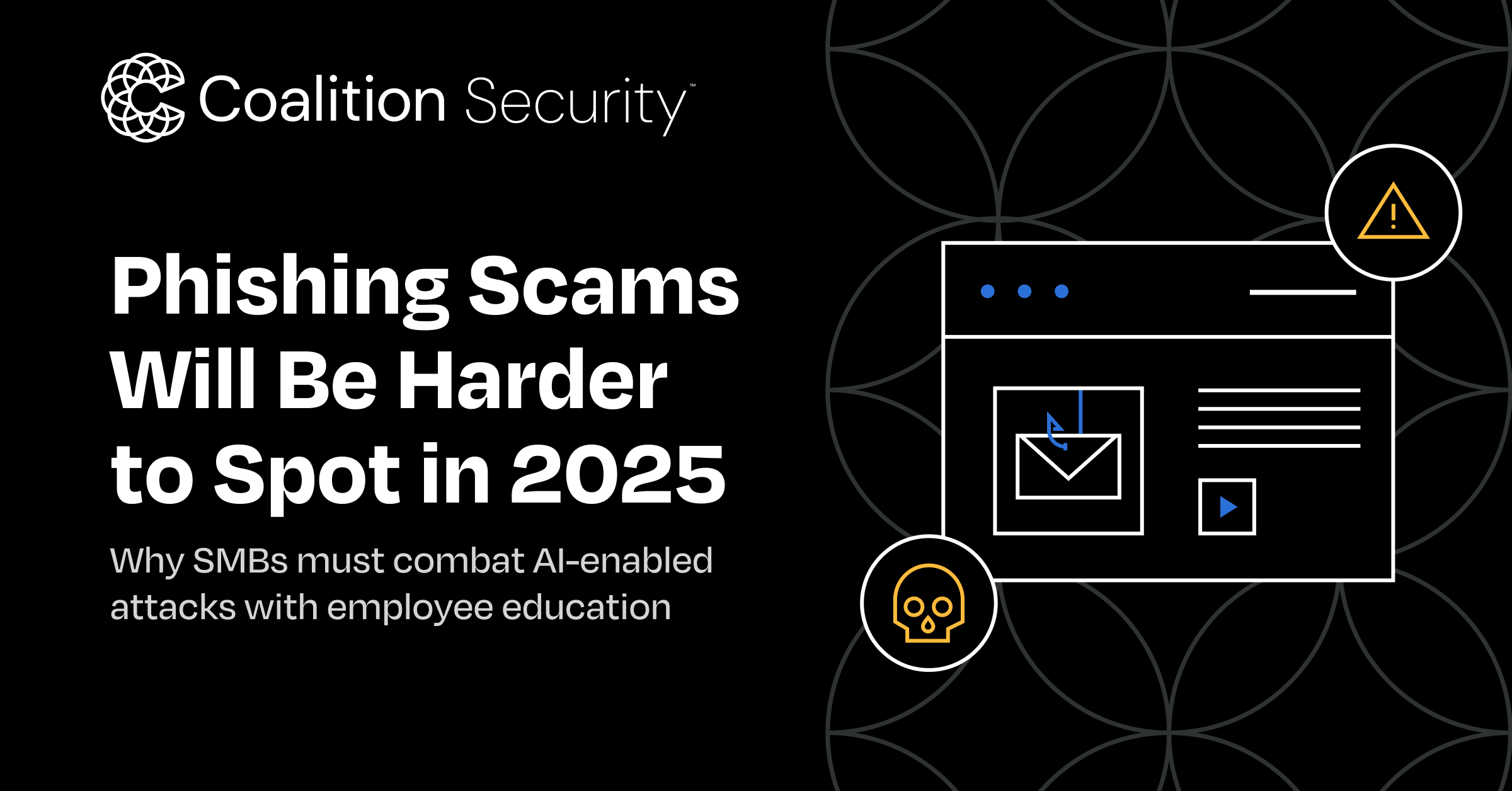Cryptocurrency scams are becoming more sophisticated and harder to recognize in 2025, putting investors at greater risk. With scammers using advanced tactics like AI-driven impersonations and fake trading platforms, staying informed has never been more crucial. These scams often prey on trust and promise unrealistic returns, leaving victims vulnerable. By understanding the warning signs and knowing how to protect yourself, you can safeguard your investments and avoid costly mistakes. For more insights into preventing fraud, check out our guide to refund scams.
Understanding the Evolving Crypto Scam Landscape
Cryptocurrency scams continue to expand and adapt as technology evolves, becoming even more dangerous for unwary investors. In 2025, fraudsters are employing various sophisticated methods—ranging from emotional manipulation to AI-based tactics—designed to exploit vulnerabilities and extract funds. Below, we’ll break down some of the most deceptive scams and how they work.
Pig Butchering Scams
Pig butchering scams rely on a slow and calculated process where scammers build trust before ultimately deceiving victims. These schemes are aptly named because they involve “fattening up” the victim, much like a pig, over weeks or even months before exploiting them financially.
Here’s how it works:
- Initial Contact: Scammers often approach victims via social media platforms, dating apps, or messaging apps like WhatsApp. The approach usually involves friendly and casual conversations.
- Building Trust: Over time, the scammer establishes rapport and emotional connections with the target, posing as a friend or potential romantic interest.
- Fake Investment Pitch: Once trust is cemented, they introduce fraudulent investment opportunities, often linked to trading cryptocurrencies or high-return schemes.
- The Trap: Victims initially see fake profits, encouraging them to invest more. Eventually, however, when they try to withdraw funds, they’re met with excuses—or worse, silence.
The financial and emotional toll is devastating because these scams prey on human connections. For more insights into identifying these tactics, you can explore resources like the Crypto Scam Tracker by DFPI.
AI-Driven Impersonations
Advanced AI is rapidly changing the scam landscape. Scammers now deploy AI tools to impersonate people and institutions with alarming accuracy. This technology allows them to mimic voices, recreate video likenesses, or generate extremely convincing correspondence.
Examples of AI-driven tactics include:
- Deepfake Scams: Impersonating CEOs or company officials to authorize fake transactions or extract sensitive information.
- AI-Generated Chatbots: Fraudulent customer service agents luring people into sharing private keys or credentials.
- Synthetic Identities: Combining real personal data with fake elements to create highly convincing personas for scams.
These AI-driven schemes are so convincing that even tech-savvy users can fall victim. Victims often share sensitive details or unknowingly transfer funds to fraudulent accounts. For an in-depth look at how AI is impacting crypto-related crime, refer to the 2025 Crypto Crime Trends report by Chainalysis.

Photo by Tima Miroshnichenko
Fake Cryptocurrency Platforms
Fake trading platforms are also becoming increasingly sophisticated in 2025. These fraudulent websites and mobile apps replicate legitimate cryptocurrency exchanges with extraordinary detail, tricking users into thinking they’re real.
How these scams unfold:
- Search Engine Ads: Fraudsters pay for ads to appear as top search engine results for terms like “best crypto trading platform.”
- Professional Design: These platforms often look identical to the real ones, complete with realistic interfaces, fake customer reviews, and professional branding.
- False Returns: Scammers display fabricated returns on investments to entice users to deposit more funds.
- Vanishing Act: Once enough victims have been lured in, the platform disappears, taking all funds with it.
One way to protect yourself is by thoroughly researching platforms before transferring funds. Avoiding unfamiliar or newly launched platforms is critical, as is checking reviews from multiple independent sources. For further insights, CNBC has covered how fake platforms thrive, which you can read here.
By understanding these scams, you can take proactive measures to keep your investments safe. However, always stay alert and trust your instincts when something feels off.
How Scammers Exploit Technology and Social Engineering
Scammers have always found ways to manipulate human behavior, and in 2025, their schemes have reached unprecedented levels of sophistication. Thanks to rapid advancements in technology, fraudsters are blending technical know-how with psychological manipulation to exploit victims in the cryptocurrency space. From social media manipulation to emotionally-charged romance scams, let’s explore how these tactics unfold.
Social Media and Trend-Based Scams
Social media platforms are becoming fertile ground for scammers, leveraging their reach and influence to promote fraudulent cryptocurrency schemes. Why? Because we are naturally drawn to trends and the endorsements of people we admire, and scammers know this all too well.
Here’s how they operate:
- Fake Influencers: Fraudsters either impersonate well-known personalities or create fake accounts with inflated follower counts to appear credible. They often share posts or videos promising massive returns on cryptocurrency investments.
- Paid Promotions: Some scammers go as far as paying influencers to promote suspicious projects, capitalizing on their trustworthiness and broad audience reach.
- Hashtag Hijacking: Fraudsters use trending hashtags like #Crypto2025 or #FinancialFreedom to insert themselves into ongoing conversations, making their schemes feel timely and real.
When you see investment opportunities on social media, always exercise caution. Cross-reference information from reputable platforms or individuals and stay skeptical of anything that feels too good to be true. To better understand how to recognize social engineering tactics in this context, read Comptia’s explanation of social engineering scams.
Romance Scams Fueled by Crypto
Romance scams have taken a troubling turn in 2025, with scammers increasingly intertwining emotional manipulation and cryptocurrency schemes. Imagine this: someone you’ve been chatting with online for weeks expresses deep affection but suddenly needs “urgent help” with a lucrative crypto investment opportunity. Sounds suspicious? That’s because it is.
Here’s how these scams typically play out:
- Emotional Bonding: Scammers build trust and cultivate emotional relationships over time, often pretending to be potential partners. They use dating apps, chat platforms, or even direct messages on social media to find their targets.
- Financial Pitches: Once emotional ties are strong, they introduce cryptocurrency opportunities that promise high returns. They might use fabricated stories, like needing funds to exploit a “once-in-a-lifetime” chance.
- Repeated Requests: Victims often make repeated investments because scammers provide fake returns initially, making the scheme appear legitimate. This emotional and financial manipulation leaves victims blindsided when the scammer eventually disappears.
Romance scams don’t just hurt your wallet—they’re emotionally draining. Always verify any investment opportunity introduced through a personal relationship, especially if you’ve never met the individual in person. To further protect yourself, check out resources like Morgan Stanley’s guide on social engineering fraud.
Understanding these fraudulent tactics is key to staying ahead of scammers. While technology has opened up incredible opportunities, it has also empowered criminals. Always prioritize critical thinking and independent verification of any crypto-related opportunities. If you want to learn about common online scams and how to sidestep them, see this in-depth article on avoiding online traps.
Red Flags to Watch Out For
As cryptocurrency scams grow more sophisticated in 2025, recognizing red flags becomes your first line of defense. Scammers hone their tactics to manipulate emotions, create urgency, and mimic legitimate opportunities, often leaving victims blindsided. Understanding these warning signs can make all the difference in safeguarding your investments.
Unrealistic Promises of Returns
If it sounds too good to be true, it probably is. Scammers appeal to our desire for quick financial gains, often promising guaranteed or astronomical returns with little-to-no risk. No legitimate investment offers a steady, guaranteed income—especially not in the volatile cryptocurrency market.
Signs of unrealistic promises include:
- Claims of fixed, high returns (e.g., 2% daily profit or doubling your money in a week).
- Guaranteed success regardless of market fluctuations.
- Flashy marketing emphasizing wealth without detailed, transparent explanations of the process.
Think about it this way: even seasoned investors can’t predict crypto market movements with certainty. Investment always carries risk. If someone guarantees you’ll get rich quick, it’s likely a setup. For further warning signs and examples, check out McAfee’s guide to spotting crypto scams.
Pressure Tactics and Manipulation
Scammers thrive on urgency. They push you to act fast, hoping you’ll skip due diligence. It’s like a high-pressure salesman trying to close a dubious deal before you think it over.
Common pressure tactics include:
- Limited-Time Offers: “Invest now or lose your chance forever!”
- Emotional Ploys: Appeals to fear of missing out (FOMO) or using fabricated emergencies to gain sympathy.
- Constant Follow-Ups: Scammers often bombard potential victims with calls, texts, or messages urging quick decisions.
One example? A fraudster might send an urgent “invest now” message paired with falsified screenshots showing massive profits earned by others. Always give yourself enough time to research, and never rush into an investment you don’t fully understand. For a deeper dive into scam manipulation tactics, see this overview from Kearny Bank.

Photo by Jonathan Borba
Lack of Verifiable Information
Transparency is crucial in any legitimate investment opportunity. Scammers, on the other hand, rely on secrecy and unverifiable claims to build their schemes. They might present fake credentials, forge documents, or use untraceable platforms to appear legitimate.
Here’s how to spot a lack of verifiable information:
- Opaque Team Members: Projects with no team information or unverifiable credentials on LinkedIn or company websites are red flags.
- Fake Endorsements: Claims of celebrity or influencer backing without public proof.
- Bogus Data: Unverifiable statistics or results, often paired with flashy charts or testimonials.
Always dig into who is behind an investment platform or project. Can you independently verify their credentials? Are their claims backed by reliable sources, or is the information vague and inconsistent? If things don’t add up, hold off. To dive deeper into how to identify fake platforms and credentials, read this resource from Melissa Knowledge Center.
By staying alert for these red flags, you can effectively safeguard your crypto investments. Recognizing these warning signs is the foundation of avoiding scams in 2025.
Actionable Steps to Protect Your Investment
As cryptocurrency scams become increasingly sophisticated, taking proactive measures is essential to avoid falling victim. Protecting your assets starts with awareness and ends with consistent action. Here are some solid, well-rounded steps to keep your investments safe.
Research Cryptocurrencies and Companies
Thorough research is the cornerstone of making informed investment decisions. If you’re considering investing in any cryptocurrency or related project, take the time to validate its authenticity.
Here’s what you can do:
- Check for a Whitepaper and Roadmap: Legitimate cryptocurrencies almost always have a whitepaper explaining their goals, technology, and use case.
- Verify Credibility: Investigate the company behind the project. Look up leadership profiles on LinkedIn and verify their claim with third-party sources.
- Review Online Feedback: Look for reviews or warnings online. Websites such as CoinLedger provide excellent insights into identifying potential scams.
Avoid putting your money into projects that promise astronomical returns but offer vague or non-existent backgrounds. If you come across new opportunities, ensure the company has a track record of transparent and ethical operations.

Photo by Tima Miroshnichenko
Utilize Secure Platforms and Tools
Your choice of trading platforms and digital wallets can either safeguard or jeopardize your investments. Always prioritize security over convenience when dealing with cryptocurrencies.
Key recommendations include:
- Use Regulated Platforms: Always trade through platforms that are registered and highly rated. Unverified exchanges often act as prime spots for scams.
- Secure Your Wallets: Use cryptocurrency wallets that offer two-factor authentication (2FA) and encryption.
- Opt for Hardware Wallets: For long-term storage, consider hardware wallets, which keep your crypto offline and away from potential hackers.
- Check Protocols: Platforms should have security protocols like SSL encryption and a transparent history of addressing fraud.
Taking these precautions ensures your assets are safe from breaches or duplicitous activities. The Massachusetts government offers a detailed guide on staying safe, which you can explore here.
Stay Educated About Emerging Threats
Scammers evolve their tactics, so staying one step ahead requires continual education. Make it a habit to follow reliable sources that report on the latest fraud schemes and prevention tips.
- Follow Reputable Blogs and News Sites: Websites like Morgan Stanley cover essential updates on scams and how to avoid them.
- Subscribe to Alerts: Many cryptocurrency sites and financial watchdogs issue scam alerts.
- Participate in Online Forums: Engage in legitimate cryptocurrency communities to gain first-hand insights from fellow investors.
- Learn from Others’ Mistakes: Understanding how others fell for scams can help you avoid similar pitfalls.
Knowledge is power, and keeping up to date on emerging threats ensures you stay protected. Check out this guide for more insights into actionable steps to guard your assets.
Taking action today keeps your investments secure tomorrow. By staying informed, using secure platforms, and researching carefully, you’ll develop a defense system against cryptocurrency scams.
What to Do If You Fall Victim to a Crypto Scam
Discovering that you’ve been scammed in a cryptocurrency scheme can feel overwhelming, but there are immediate steps you can take to minimize the damage and protect your interests. Taking swift action is crucial, and this section outlines exactly what to do.
Contact Financial Institutions and Authorities
The first step after falling victim to a crypto scam is to notify your financial institutions and relevant authorities. Acting quickly can increase the chances of recovering your funds or preventing further losses.
- Notify Your Bank or Payment Provider: Contact your bank or payment service to report unauthorized transactions. They may help freeze further transfers or initiate a chargeback if applicable.
- Contact Crypto Platforms: If your funds were transferred via a cryptocurrency exchange or wallet, report the situation to their support team immediately. Provide transaction IDs and explain the nature of the scam. Some platforms have procedures to halt transactions or trace stolen funds.
- File a Police Report: This establishes a legal record of the scam. Include details like wallet addresses, transaction history, and any communication with the scammer.
Acting fast is key, particularly when dealing with cryptocurrencies due to their irreversible transactions. For a broader perspective on minimizing financial risks, check out our guide on spotting risky platforms.
Report to Fraud Tracking Agencies
After contacting financial institutions, you’ll need to inform agencies designed to handle scam reports. These organizations may assist in tracking fraudulent activities and warning others about similar scams.
- DFPI’s Crypto Scam Tracker: This tool highlights ongoing crypto scams, helping improve awareness and connect dots across fraud cases.
- FBI’s Internet Crime Complaint Center (IC3): The IC3 allows you to report your case, providing a centralized database for law enforcement investigations. If you’re in the U.S., visit this FBI resource to file your report.
- Consumer Protection Agencies: You can report your case to organizations like the FTC, which offers guidelines for handling scams. For more information, head over to this Consumer Advice page.
These steps not only document your experience but also help protect others by making such scams more visible.

Photo by Mikhail Nilov
Avoid Further Communication With Scammers
One of the most critical steps is to completely cut off communication with the scammers. Engaging further risks not only additional financial loss but also provides them with more personal information they can exploit.
- Do Not Pay Additional Funds: Scammers may use guilt, pressure tactics, or promises of returning your stolen money to extract more from you. This is often part of their strategy to prolong the scam.
- Block and Report Contact Methods: Block their phone numbers, email addresses, or social media accounts to prevent ongoing harassment or follow-ups.
- Ignore Future Requests: Even if the scammers pretend to be authorities, additional victims, or legitimate businesses, treat these communications as extensions of the same scam.
It’s important to remain vigilant. Scammers often prey on victims post-crime, hoping emotional distress will make them more susceptible to repeat fraud. You can read more about recognizing these manipulation tactics here.
By taking these steps promptly and carefully, you can mitigate further damage and contribute to broader efforts against crypto-related fraud. Always remember: awareness and swift action are your strongest defenses.
Conclusion
Staying vigilant in 2025 is non-negotiable when it comes to protecting your cryptocurrency investments. Scammers are constantly refining their tactics, but recognizing red flags and implementing robust security measures can deter most threats.
Educating yourself about emerging scams is essential. Take the time to explore resources like why crypto scams are skyrocketing in 2024 and simple ways to protect your investments to stay one step ahead of fraudsters. It’s also critical to choose reputable platforms, secure your wallets, and avoid urgent, high-pressure pitches.
Remember, no one is immune to online deception, but awareness and preparation are your strongest assets. Start safeguarding your investments today by staying informed, double-checking every opportunity, and trusting your instincts when something feels off. How do you plan to adapt your precautionary measures to keep up with evolving threats?






